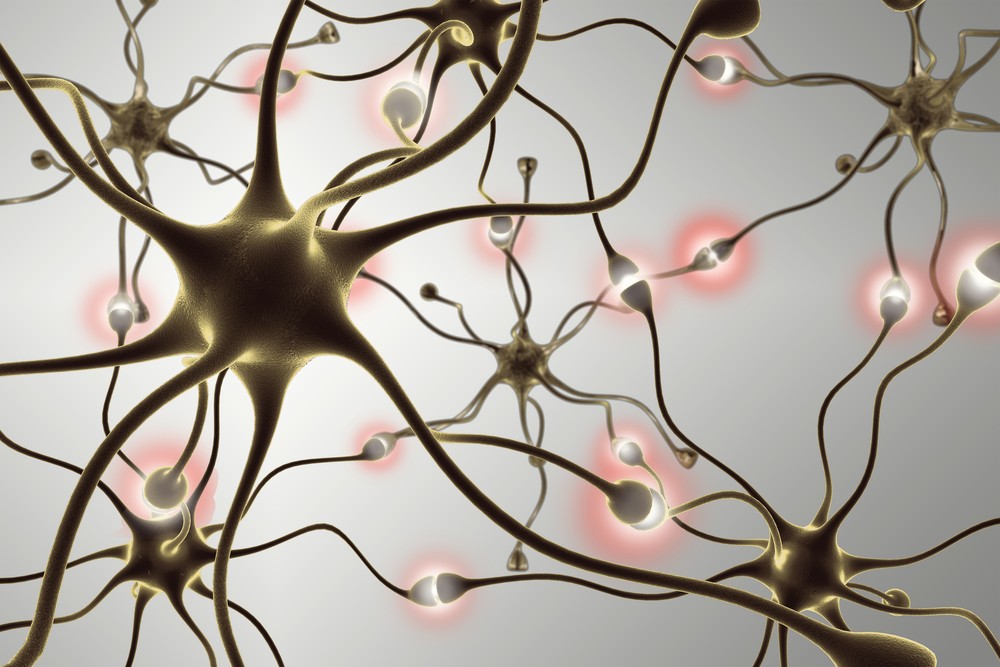Neuropathy, or nerve damage, is estimated to affect up to 70% of people with diabetes, and pain from the condition can be very difficult to treat. This interview with neuropathy specialist Rodica Pop-Busui, MD, PhD, addresses causes of the condition, symptoms and tests, and steps that can be taken to decrease the likelihood of developing neuropathy.
https://www.youtube.com/watch?v=HB6ZCSCW59M
Neuropathy
I am Rodica Pop-Busui. I am a professor of Endocrinology, Metabolism and Diabetes at the University of Michigan in Ann Arbor. And a Co-Director of Neuropathy Center at the same institution.
What is Diabetic Neuropathy?
Diabetic Neuropathy is a chronic complication of diabetes and its probably the most prevalent complication. Diabetic neuropathy occurs because of this toxic effect of diabetes and the entire peripheral nerves. The nerves are involved in the capacity of patients to feel various sensations like pain or like to feel the touch of objects, to feel whether an object is cold or warm, among other things. All these nerves are also involved in controlling the function of very important organs.
What Causes Diabetic Neuropathy?
The cause of diabetic neuropathy is this damage and this loss of various population of nerve fibers. So, the nerve fibers have various layers of protections, and the smaller nerve fibers, the less protection against this glucose toxic effect of diabetes. But there are other risk factors that can also damage this nerve fiber that are present in a patient with diabetes, including high blood pressure, and high cholesterol, for instance.
Symptoms of Diabetic Neuropathy
In general, the symptoms that may mainly bring the patients to the physicians are pain. And its actually a very important symptom, the pain can be perceived in either as a burning pain or a deep seeking shooting pain. Other symptoms can also feel like pins and needles, or like this numbness. Pain doesn’t occur in everybody, and I thin that sometimes pain can be good because that will prompt the patient to come to a physician. We don’t really need very sophisticated test to diagnose this complication. A five-minute history to see whether the patients have any of these symptoms, especially this pain, by whether they have numbness, pins and needles, whether they feel very high sensitivity even at the touch of clothing or bed sheet, can be done in couple of minutes. Then testing for this changes in the nerve fiber function can be easily done, either by assessing the ankle reflexes, the sensation to vibration that can be easily done with the tuning fork in the office, the same sensation to pin break, a push pin, it’s a simple to use instrument that you can actually assess with your patient can feel as being shot up.
What is the Treatment for Diabetic Neuropathy?
How can we prevent neuropathy and how can we treat neuropathy are two different scenarios. We know, for instance, we have done a lot of research and we know for sure that in patients with type 1 diabetes, treating diabetes as early as possible, and as close to normal as possible, will help in preventing the development of this complication in a pretty large number of patients. In type 2 diabetes, because the disease is much more complex, and there are other risk factors such as obesity, hypertension, high lipids, then the glucose control itself is not so successful. But, nevertheless, it is important in newly diagnose patients.
Once patients have established neuropathy, unfortunately, as we speak, now in 2015, we haven’t really been able to find a successful agent that can reverse the disease, from more advanced to less advanced stages. And that’s why we need to do some work in this area, and we are working on that. So, in more advanced stages, unfortunately, we have to try to help our patients by treating the symptoms and pain by far is the one that is really challenging, that it is also extremely frequent. And there are a variety of ways to try to help patients with their pain. We can prevent this complication, and as researchers we are fighting without any pause to find better strategy to reverse the disease once it had occurred. In team, with the patient, with the educators, we can actually achieve a lot.
More about Neuropathy
Controlling Neuropathic Pain
I am an occupational therapist. In my line of work, I see many clients with neuropathic pain stemming from diabetes. I have never experienced neuropathy myself, but I know from working with my clients that it is often an unrelenting, terrible kind of pain. The burning, the pins and needles, the stabbing sensations, the numbness – peripheral neuropathy is hard to live with and can also be hard to treat.
Coping With Painful Neuropathy
One of the most prevalent complications of diabetes is neuropathy, or damage to the nerves. According to the National Diabetes Information Clearinghouse, up to 70% of people with diabetes develop neuropathy, particularly the longer they live with diabetes. While neuropathy can affect any nerve in the body, it very commonly affects those in the feet and legs and sometimes the hands and arms. This type of neuropathy is called peripheral neuropathy, and it can cause a range of unpleasant sensations, including tingling, burning, numbness, and pain. Treating the pain that can result from peripheral neuropathy is often difficult.
Diabetic Peripheral Neuropathy
Neuropathy is an abnormality anywhere in a nerve pathway that disrupts nerve signals, causing the brain to misinterpret feelings or sensations. Different types of neuropathy go by different names, depending on the number of nerves affected, their function, and where in the body they are located.
Healing Numb Feet
Diabetes is hard on feet. Fortunately, there are some good ways to heal and protect your feet...
Improving Blood Flow to the Feet
Many people with diabetes experience discomfort in their legs and feet, with symptoms such as cramping, numbness, tingling, and pain. Find how the WarmFeet technique can help...





